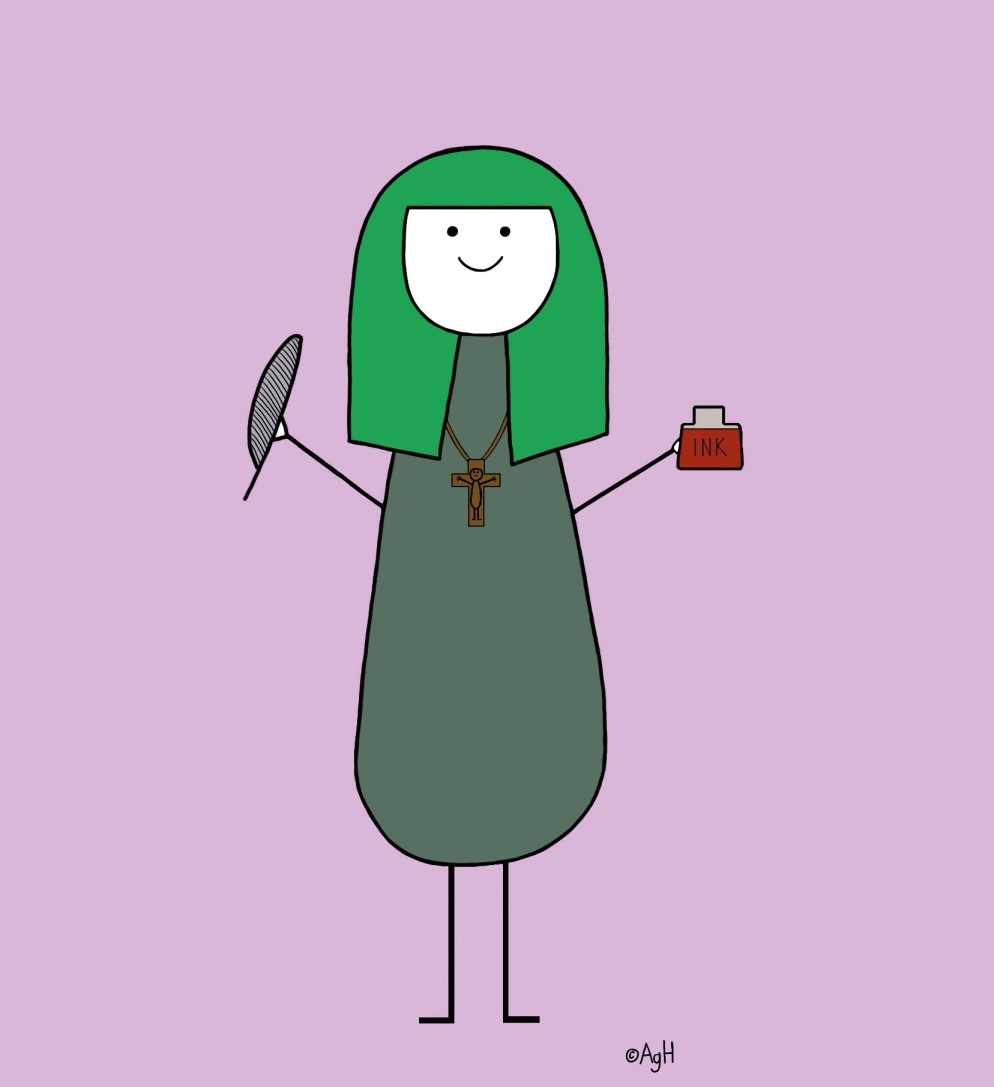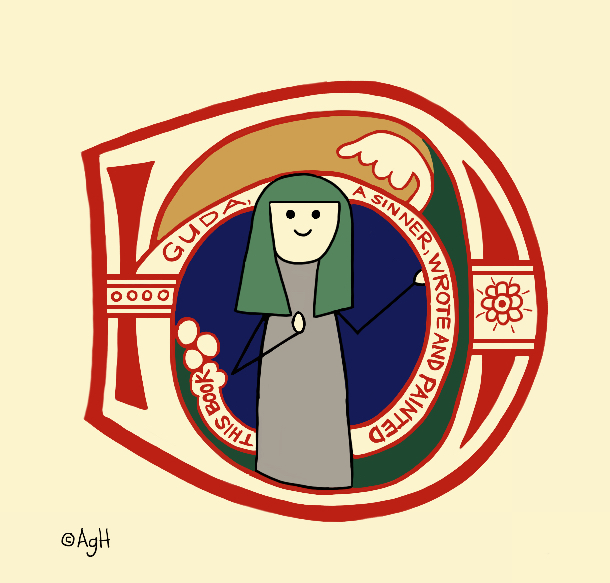In the beginning there were men and in the middle there were men and now there are men, and maybe a few random women. Cave men scratched buffalo pictures onto cave walls. Greek and Roman dudes chiseled gods out of marble. Monks inscribed bibles while knights waged Crusades. Men in floofy knickers painted for their aristocratic and church patrons in the Renaissance. More men in more silly pants painted portraits of enlightened rich folks. Men drinking absinthe made their impressions and played with cubes. Men got abstract and then post-modern. Oh, yeah, and there was a lady named Mary Cassatt and one down in Mexico named Frida Kahlo, but, ooh, look at what Jeff Koons is doing! This is the story of art history, as it is usually taught. And, yes, men did all those things. But, so did women! Women from all over the world! Women in caves! Women in convents! Women painting and sculpting and making beautiful shit for millennia. That’s what this blog is about and that’s why I’m so excited to share these awesome artists with you.
Most women in the Middle Ages in Europe had two choices: get married or go to a convent. It was a piss poor pair of options, but that’s how it was. If the woman chose to become a nun, she had a chance to do something lay women could not. She could get the chance to make art.
Medieval art was religious art. It was the art of illuminated manuscripts. Hymnals, Psalters, Bibles, et cetera were all created by hand and beautifully decorated. Along with the carefully inscribed text, the illuminators would create large decorative letters that began sections, images depicting scenes from the text, intricate borders, and tiny pictures in the margins (known as marginalia) that were often kind of dirty and weird. When imagining someone illuminating a manuscript, it is usually a robe-clad, tonsured monk hunched over a sheet of velum carefully drawing by candle light. It’s what I pictured until I learned about Guda. Guda, and other nuns, illuminated manuscripts and they did a bitchin’ job at it too.

Guda (also known as Guta) lived in 12th century Germany at the Weissfauen Convent. This was her taken name, as women received a new name upon entering the convent. Because of this, very little is recorded about these artists before they became nuns. All that’s really known about Guda is that she lived in the 1100s in Germany and worked to create the Homiliary of St. Bartholomew manuscript. She drew a decorative letter “D” that contained her self-portrait. A little scroll in the letter proclaims in Latin, “Guda, a sinner, wrote and painted this book.” This inscription along with her picture makes this one of the first signed self-portraits done by a woman in all of Western civilization (that we know of). And that makes Guda, Medieval wonder-nun/artist, pretty fucking cool.
